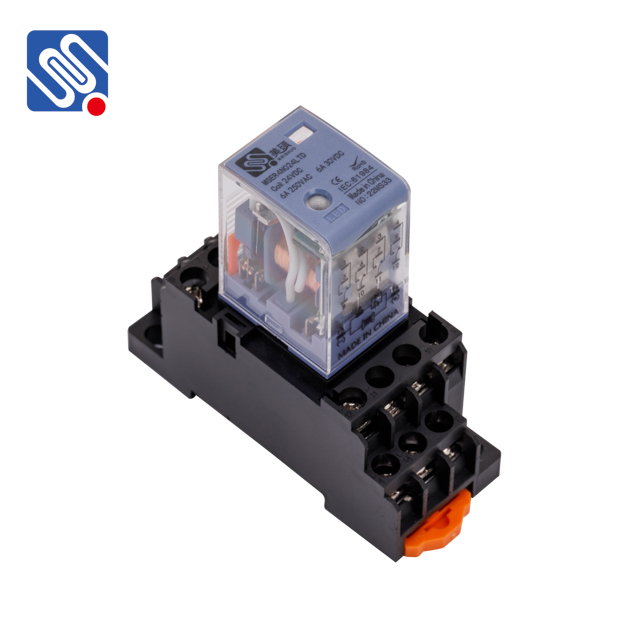Miniature relays, often considered the unsung heroes of electronic circuits, play a crucial role in many modern devices and systems. Their compact size belies their remarkable functionality, which includes switching high-voltage and high-current signals using a much smaller and lower-voltage control circuit. These tiny yet powerful switches have become an integral part of a variety of industries, ranging from automotive and home appliances to telecommunications and industrial automation. In this article, we will explore what miniature relays are, their working principle, applications, and the advantages they offer.

What is a Miniature Relay? A miniature relay is essentially a small electromechanical switch that operates by using an electromagnet to open or close the contacts within a circuit. The core function of a relay is to control the flow of current in one circuit by using a small control voltage to activate the switch. The miniaturization of relays makes them particularly well-suited for applications where space is limited, but high performance is required. Miniature relays come in various forms, with the most common being the electromagnetic type. In essence, when an electric current passes through a coil in the relay, it generates a magnetic field that pulls a switch mechanism, causing the contacts to either open or close. This allows the relay to control the flow of current between circuits.
Leave a Reply